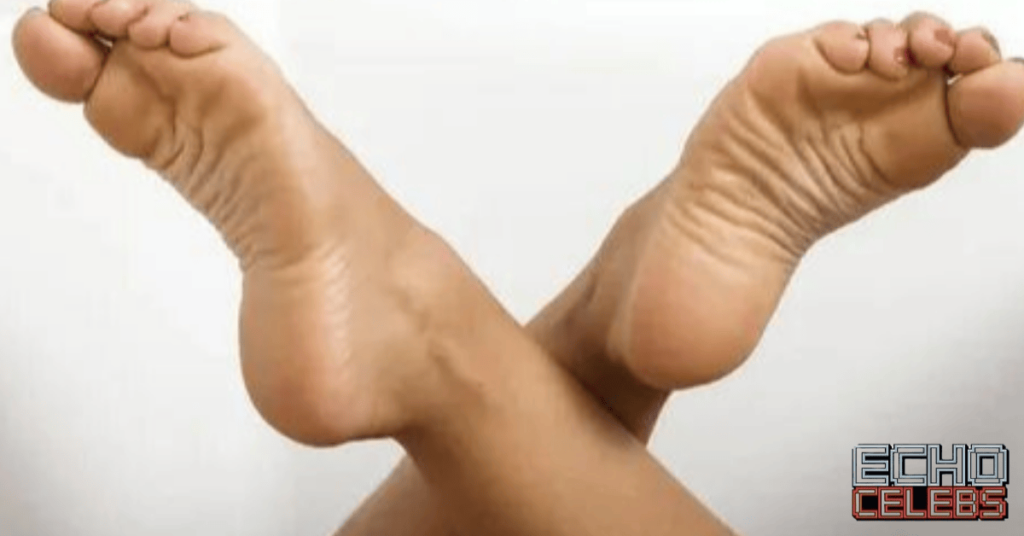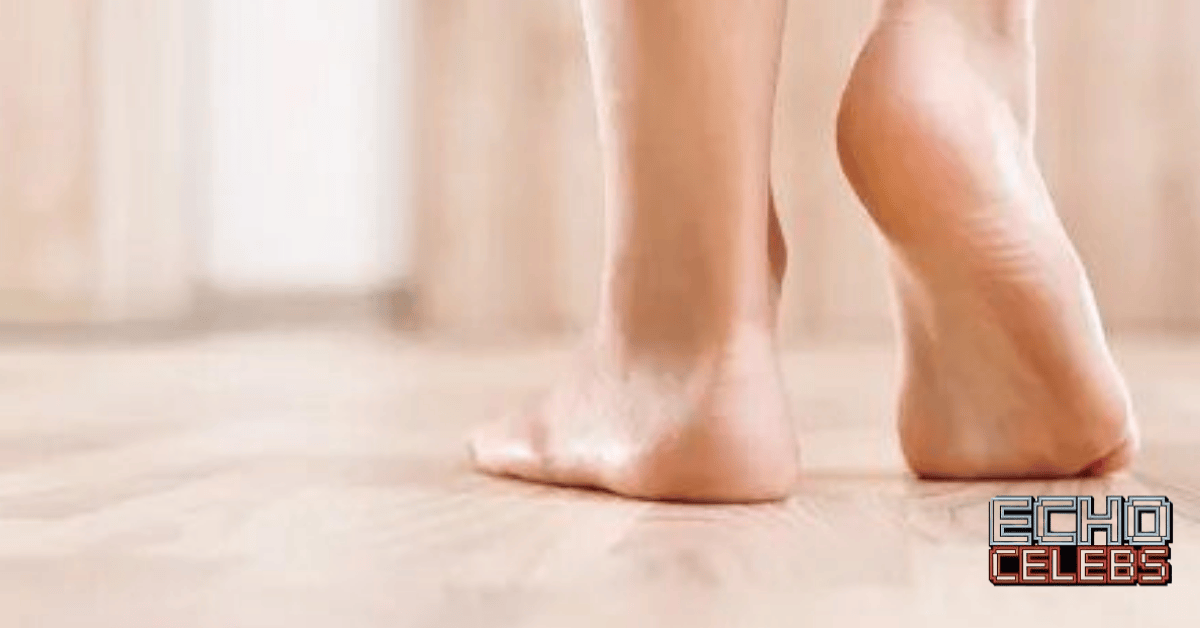Ever wondered about foot ka plural? If you’re scratching your head trying to figure out whether it’s “foots” or “feet,” you’re not alone! This tricky little word has puzzled English learners and native speakers alike for generations.
Let me take you on a fascinating journey through one of English’s most interesting quirks. Trust me, by the time you finish reading this article, you’ll not only master the correct usage of “foot” and “feet,” but you’ll also discover some surprising facts about why this word breaks the usual plural rules. Ready to become a pro at handling this confusing word? Let’s dive in!
Why Do We Say “Feet” Instead of “Foots”?
Let’s start with the simple answer: the plural of “foot” is “feet.”
But why isn’t it “foots,” which would follow the usual pattern of adding “-s” or “-es” to make things plural? Well, this is where things get interesting!
“Feet” belongs to a special group of English words that form their plurals by changing their vowel sounds rather than adding an ending. Language experts call this an “internal vowel change” or “mutation,” but let’s just think of it as a word that changes its middle sound to show that we’re talking about more than one.
A Trip Back in Time: Where Did “Feet” Come From?
Picture yourself traveling back in time to when English was just starting to take shape. Our ancestors spoke Old English, and they had a whole system of plural forms that included changing vowel sounds. While most English words have simplified their plurals over the centuries, some stubborn ones like “foot/feet” have stuck around.
Here are some other words that follow this same pattern:
- man → men
- tooth → teeth
- goose → geese
- mouse → mice
When to Use “Foot” vs. “Feet”

Let’s make this super clear with some everyday examples:
Using “foot” (singular):
- “I have a small cut on my left foot.”
- “The table is one foot tall.”
- “Take one foot forward in the dance move.”
Using “feet” (plural):
- “My feet are cold.”
- “The building is twenty feet high.”
- “There are dirty footprints from everyone’s feet.”
Special Cases and Common Confusions
Measurements and Numbers
Here’s something that often confuses people: when we’re talking about measurements, we sometimes use “foot” even after numbers greater than one. For example:
- “The room is six foot wide” (informal)
- “The room is six feet wide” (formal)
Both are used in everyday speech, but “feet” is considered more correct in formal writing.
Compound Words
When “foot” is part of a compound word, things can get interesting:
- footprint → footprints (not feetprints!)
- football → footballs
- footrest → footrests
As you can see, these follow the regular plural pattern of adding “-s.”
Fun Facts About “Foot” and “Feet”
Did you know that “foot” as a measurement came from – you guessed it – actual human feet? Ancient peoples often used parts of the body to measure things, and the foot was a convenient unit of measurement. Of course, not everyone’s feet are the same size, which is why we eventually standardized the foot to exactly 12 inches.
Here are some interesting expressions using “foot” and “feet”:
- “Put your best foot forward”
- “Get cold feet”
- “Put your foot in your mouth”
- “Stand on your own two feet”
Common Mistakes to Avoid
Let’s look at some mistakes people often make:
- ❌ “I bought new foots for my table.”
- ✓ “I bought new feet for my table.”
- ❌ “The children’s feets are muddy.”
- ✓ “The children’s feet are muddy.”
Remember: “feet” is already plural, so you never need to add an “s” to it!
Tips for Remembering

Here’s a simple trick to remember the correct plural: think of the rhyming pair “sweet/sweets” versus “foot/feet.” Notice how “sweet” adds an “s” for its plural, but “foot” changes its vowel to make “feet.” If you can remember this pattern, you’ll never go wrong!
Digital Age Usage
In our modern world, “foot” and “feet” have found their way into emoji and texting culture. The 👣 emoji can represent either “foot” or “feet” depending on context, and you might see creative spellings like “feets” used playfully online – though remember this isn’t correct in formal writing!
Quick Reference Guide
When to use “foot”:
- Talking about one foot (body part)
- Single measurements
- Parts of idioms (“foot of the bed”)
When to use “feet”:
- Multiple feet (body parts)
- Plural measurements
- Most formal contexts
conclusion
So there you have it – the story of why we say “feet” instead of “foots”! While it might seem strange at first, this unusual plural is actually a fascinating window into the history of English. It shows us how our language holds onto little pieces of its past, even as it continues to evolve.
Remember, if you’re ever unsure, just think about this simple rule: one foot, two feet. And don’t worry too much about making mistakes – even native English speakers sometimes have to stop and think about this one!
Next time someone asks you about the plural of “foot,” you can confidently explain why we say “feet” and maybe even share some of the interesting history behind this quirky word. After all, these linguistic oddities are what make English such a fascinating language to learn and use!
Whether you’re writing an essay, having a conversation, or just curious about language, you now have all the tools you need to use “foot” and “feet” correctly. And remember – every little step (pun intended!) you take in learning English brings you closer to mastering the language.

Hi, I’m Tom Hales, an English grammar enthusiast dedicated to helping you improve your writing skills. With a passion for clear communication, I share practical tips, lessons, and resources to make learning grammar simple and enjoyable. Let’s master the rules of language together!”

